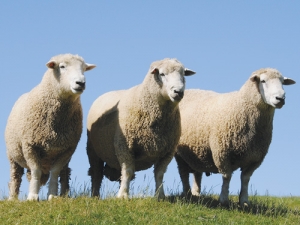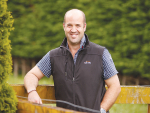Forty years of genetic progress and a large recorded breeding database gives the Wairarapa Romney Improvement Group (WRIG) an edge, the group claims.
WRIG has nine breeder members, including industry pioneers, experienced in breeding quality Romney sheep.
The collective strength of the group is its size and connectedness. It has 32,000 females recorded, including ewe hogget replacements, and excellent linkage across flocks. Its robust recording systems enable accurate genetic assessment.
"Our size and connectedness has made WRIG an attractive resource for anyone wanting to analyse performance or pedigrees," says group chairman Roger Barton. "Over the years, the science community has used WRIG information to address various issues relating to genetic improvement.
"We have been heavily involved in the development of robust recording systems, including the National Flock Recording Scheme and SIL, focusing on the number of lambs born as well as the key indicators survival, growth rate and fleece weights."
WRIG data has also been used in research into parasite resistance.
All group members have donated blood to Ovita and the group was used to verify the use of DNA markers to generate molecular breeding values for productive traits. Initially this was done through Ovita and the project has since been commercialised by Zoetis as Sheep5K.
Sheep5K uses 5000 DNA markers to generate molecular breeding values for up to 22 economically important traits, yielding extra accurate information on young selection candidates. Combined with SIL information, Sheep5K "enables unprecedented selection opportunities".
Barton says WRIG's linkage across its flocks gives robustness and accuracy to the high number of recorded animals.
"The validity of those figures is good because of the connectedness of the group. We have 32,000 females with all data collected, independently verified by SIL and also verified by the connectedness of the group," he says.
"With ram exchanges between members we know the group members are accessing the best genetics we can offer."
WRIG is also said to be strong on the physical factors – feet, the way an animal stands, the jaw set, teat placement.
Who are WRIG?
-
-
- The Wairarapa Romney Improvement Group (WRIG) was formed in 1970 with the common goal to breed the most profitable sheep for the commercial sheep farmer.
- The group supplies about 6000 Romney rams annually.
- It is estimated that at least 30,000 WRIG group rams are used every year across New Zealand flocks.
- Group members are Gleniti, Grassendale, Meldrum, Motu-nui, Te Whangai, Turanganui, Wai-iti, Waiohine, and Wairere.
www.wrig.co.nz



















